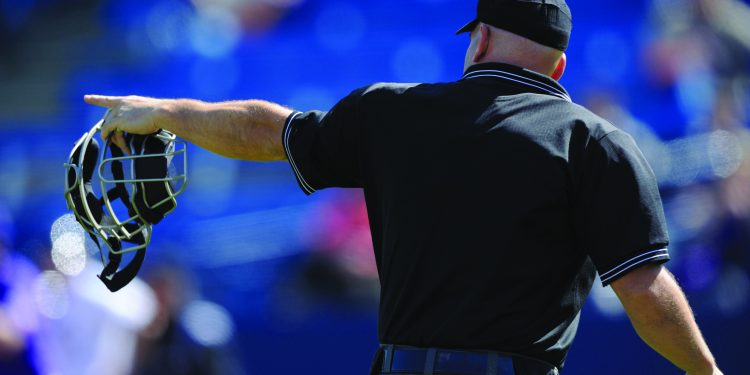Depending on when they happen, just three strikes – three simple strikes – can have a monumental impact on the game.
If you’re like me, you now hear the voice of Eric Nadel in your head “Sborz kicks and fires, he struck him out looking! It’s over! It’s over! The Rangers have won the World Series! Rangers fans you’re not dreaming. The Rangers are the World Series Champions!”
That called strike three was monumental for a team, a franchise and a long suffering fan base. So perhaps it should not be surprising that last year three rule changes had a similarly monumental affect. In 2023 three rules changed and so did baseball in a very positive way.
“From its inception, the Joint Competition Committee’s constructive conversations between players, umpires and owners have produced rules that significantly improved the game for fans,” Mariners chairman and Competition Committee chairman John Stanton said in a release. “Last year’s work was a resounding success with our fans and for the sport. I want to thank the Commissioner’s Office, the Players Association and the Umpires Union for their dedication to the greatest game ever invented.”
Major League Baseball games averaged 2 hours 40 minutes last year. The shortest average game time since 1985. Mission accomplished right? Well not so fast. The MLB Competition Committee noticed that the average length of game increased in all but one month during a six-month season. By September, games were averaging 2 hours 44 minutes and were seven minutes longer than the games in April.
All six of the rule changes this year are really tweaks to existing rules, four of those are designed to make sure we keep the pace. We will address those four first.
The pitch clock is the main reason for the reduction in game time. A two-second modification means that pitchers will be allotted only 18 seconds between pitches with runners on base. It remains 15 seconds between pitches with nobody on.
Last season pitchers began their deliveries with an average of 7.3 seconds remaining on the 20-second clock so a dramatic increase in pitch clock violations is not expected.
One of the ways pitchers were able to buy more time last year was after a dead ball, like a foul ball. The clock would not begin until the pitcher was back on the mound in those cases. Some pitchers would take a little extra time just walking around the mound to slow the pace a bit. This year that won’t be allowed. The pitch clock will start when the pitcher has the ball and play is ready to resume.
Surveys indicate that mound visits are fans’ least favorite events during a baseball game. In some ballparks mound visits are lustily booed. The competition committee has heard it too and they are listening to the fans. Mound visits have been reduced from 5 to 4. In 2023 clubs averaged only 2.3 mound visits per game.
There were twenty-four instances of dead time being added to games last year. Two actually occurred during the World Series. It happened when a pitcher was sent to the mound to warm up but then was replaced before throwing a pitch. This practice added three minutes of idle time to the games so it too was addressed. A pitcher sent to the mound to warm up for an inning must face at least one batter in conjunction with any requirements under the three batter minimum rule.
Those are the changes or tweaks, if you will, to help pick up the pace. One other rule was not changed at all but MLB is determined to see it enforced. That is the obstruction rule around the bases. Obstruction is defined as a fielder who, while not in possession of or in the act of fielding the ball, impedes the progress of any runner. Umpires have been instructed to call the runner safe unless the fielder must move into the path of the runner to receive the ball.
Finally, there is the runners lane from home
to first base. The committee has given runners the equivalent of an express lane to first base. This will be particularly well received by right-handed batters. Under the old rule 5.09(a)(11) the runner was required to run the last 45 of the 90 feet in foul territory. Under the new rule the lane is as wide as the dirt twenty-four inches to be exact. Now the runner will know if he is on the dirt he is okay, and if he is on the grass he is out of line. This change from 18 to 24 inches clarifies one of the most confusing and controversial rules in the book.
Last year baseball was as good as it has ever been for Rangers fans and a much more watchable product for fans worldwide. The competition committee hopes that this season is even better! Then again, so do Rangers fans.
Sports columnist John Rhadigan is an anchor for the Bally Sports Southwest television network.

















